Emergency Communications
Light, Fire, and Smoke | Emergency Communication Signals
Throughout history, we have found creative ways to communicate without using sound. Read this article to learn more about emergency communication signals.
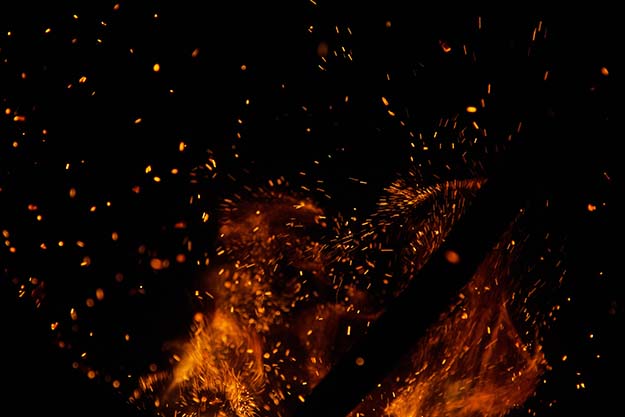
Throughout the centuries, humans have found creative ways to communicate during emergency situations without using sound. Read this article to learn more about using light, fire and smoke as emergency communication signals.
Light, Fire, and Smoke | Emergency Communication Signals
Our last post discussed visual signals using flags. This article will explain how light, fire, and smoke can be used to send messages and quickly relay information in an emergency.
Audible signals such as drum beats or loud horns convey information, but sometimes the sender didn’t want to warn others of their presence, so silent long distance signaling was used. Light has been used to send and receive information for thousands of years.
Early Forms of Communication

- In ancient times, signal fires were used to communicate.
In ancient days, people communicated by firelight. Signal fires were the “in thing.” Not only did they tell friendly forces of a presence, or of success in battle, a large collection of fires also intimidated intended victims. Fire and smoke have been used to communicate trouble or distress among people ever since. The invention of the telescope in the 1700s significantly increased the range of long distance silent communication—observers could see signals at far greater distances.
Smoke Signals
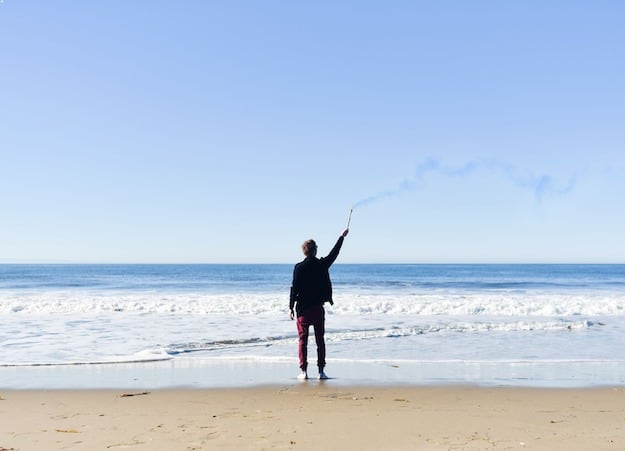
Native American Smoke Signals: Native North American Indians used smoke to communicate. A fire was started using damp grass that released smoke. As the grass dried out, a fresh damp bundle was placed on the fire. Holding a blanket or animal skin over the smoking fire and then quickly moving it released a puff of smoke that was a quickly recognizable message and could be seen from far away. The location of the signal fire itself had meaning—halfway up a hill meant “all is well.” A signal fire from the top of the hill indicated danger.
Chinese Warning Signals: Ancient Chinese soldiers guarding the Great Wall warned other guard towers using smoke and fire. It’s said they could warn nearby guard stations of enemy presence quickly and send (transmit) a warning signal along the Wall over 400 miles in just a few hours.
Roman Smoke Signals: During the selection of a new Pope in Rome, smoke was used to signal the status of deliberations and secret ballot voting by eligible cardinals. Black smoke indicated continued discussions. White smoke told the people outside a new Pope had been elected.
Chilean Smoke Signals: Near Chile, native people used fire and smoke to signal the presence of food. If a dead whale drifted ashore, they would contact others by lighting a smoky signal fire to tell people to gather and collectively harvest the abundant whale meat before it spoiled.
Western Australian Smoke Signals: Aboriginals in Western Australia used smoke signals to tell others of their presence. Other groups would “put up smoke” to signal their own presence and open an opportunity to trade and share news.
Sound pressure waves travel slower than light and don’t go as far, so light from fire and smoke has been used to rapidly send signals for much long distances.
Smoke has even been used to signal time. During the 1800s in Cape Town, South Africa, the Noon Gun sound of cannon fire was replaced by a puff of smoke to signal 12 o’clock so all ships in port could check the accuracy of their marine chronometers and better calculate longitude when underway.
Greek Cryptography
In 150 BC, a Greek historian (Polybius) devised a system of codes converting Greek alphabetic characters into numbers based on a sender holding up two burning torches. His “Polybius square” was a form of early cryptography. It was implemented by the Japanese and Germans all the way into the early 1900s to communicate as far as the eye can see.
Light Signals and the Midnight Ride
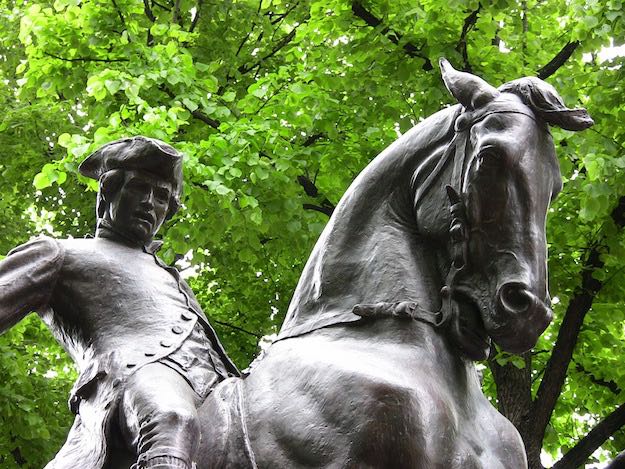
On April 18, 1775, patriot Paul Revere made his historic ride based on a light signal. He was an express rider from Boston who carried news, messages, and documents around Massachusetts to cities as far away as New York and Philadelphia. And he was sympathetic to the growing independence movement in the colonies.
Paul Revere had pre-arranged a light signal to indicate which way the British would come on their way to arrest Sam Adams and John Hancock in Lexington. If the British marched by land, a single lantern would be lit and placed in the bell-tower of Christ Church in Boston. If the British would row across the waters of Charles River to Cambridge and then go that route to Lexington where Adams and Hancock were staying, two lanterns would be placed in the tower. When the British troops gathered at the bank of the Charles River, two lights appeared in the bell-tower. The British would come by sea—over water. And thus began the midnight ride of Paul Revere.
Communicating with Light
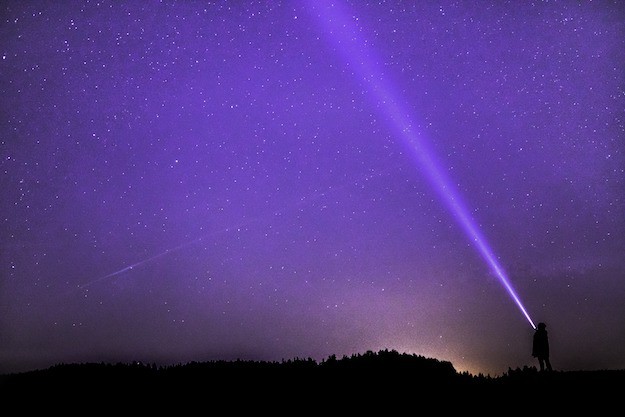
Lights are used to convey information on ships and aircraft. Ships at sea mount lights on their vessels to indicate underway, direction of movement, or at anchor. These became known as the “Rules of the Road” to nautical groups all over the world. Their primary purpose is to prevent collisions at sea. A similar set of “rules” apply for watercraft in inland waterways.
These lights have a specific color, range of visibility, and location on the ship. Green has been used to indicate the right side (starboard) of a vessel. Red is used to show the left (port) side. A high white light on a mast near the back half of a ship with a lower white light on a mast in front on the bow are “running lights.” The lower white light signifies the direction the vessel is pointing. These lights must be visible for six nautical miles.
Aircraft Light Signals
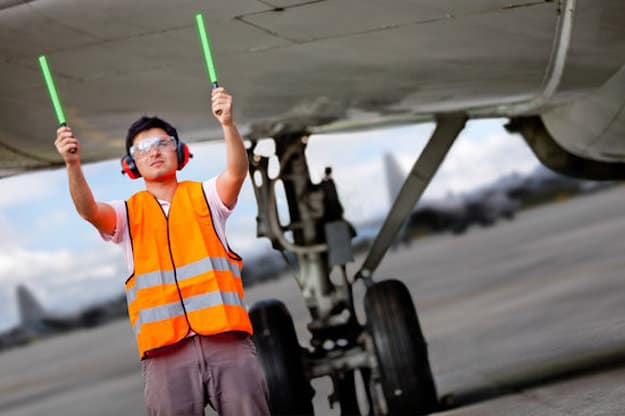
Aircraft have a similar set of lights—a red light on the left (port) wing tip, and a green light on the right (starboard) wing tip. White navigation lights are mounted on the back edge of the wings and tail, and a similar white light is mounted on the bottom of the plane near the rear. Aircraft have special lights for ground visibility, and during takeoff and landing. Aircraft may also have strobe or rotating beacons to warn other aircraft of possible collision danger or to warn ground crews that engines are about to start.
Communicating in an Emergency
You can apply some of these light signal ideas to your own situation. You may be sensitive about running a noisy generator that could tell others that you (and possibly food and water) are present, so you may prefer quiet power sources that don’t tell others you are there. The same goes for using light instead of horns, megaphones, and shouting.
When power goes out at night, the presence of people can be seen by the flashlights and candles flickering or moving about in darkened rooms. Closed blackout drapes keep outsiders from seeing who is inside and how many of you there are.
Sending Your Own Light Signals
To communicate with someone across the street, tape a mini LED flashlight inside an empty toilet paper roll. This focuses the light at the front of the flashlight into a narrow beam that can be seen by the receiver without letting others know light communication is occurring. You could also use a rolled-up sheet of cardboard or magazine to focus the light. Practice using this light tube signal tool before it becomes necessary during an emergency.
To actually send and receive messages instead of static condition, adopt a code for your light signals. The most popular code consists of short and long flashes of light. The best I’ve found is Morse Code—a communication technique that changed history. Morse Code will be described next.
Want to learn more about emergency power and communication? Check out these other articles by Robert Brenner:
Emergency Communications: Flags
Backup Power Supply: How Long Will That Backup Last?
Power Outage: What to Do When the Lights Go Out
For awesome survival gear you can’t make at home, check out the Survival Life Store!
-

 Do It Yourself7 months ago
Do It Yourself7 months agoParacord Projects | 36 Cool Paracord Ideas For Your Paracord Survival Projects
-

 Do It Yourself9 months ago
Do It Yourself9 months agoHow To Make Paracord Survival Bracelets | DIY Survival Prepping
-

 Do It Yourself9 months ago
Do It Yourself9 months ago21 Home Remedies For Toothache Pain Relief
-

 Do It Yourself10 months ago
Do It Yourself10 months agoSurvival DIY: How To Melt Aluminum Cans For Casting
-

 Exports8 months ago
Exports8 months agoAre Switchblades Legal? Knife Laws By State

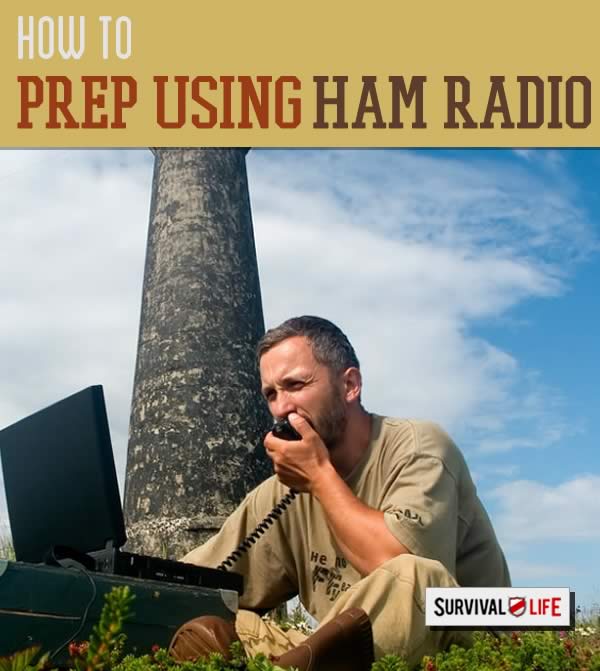
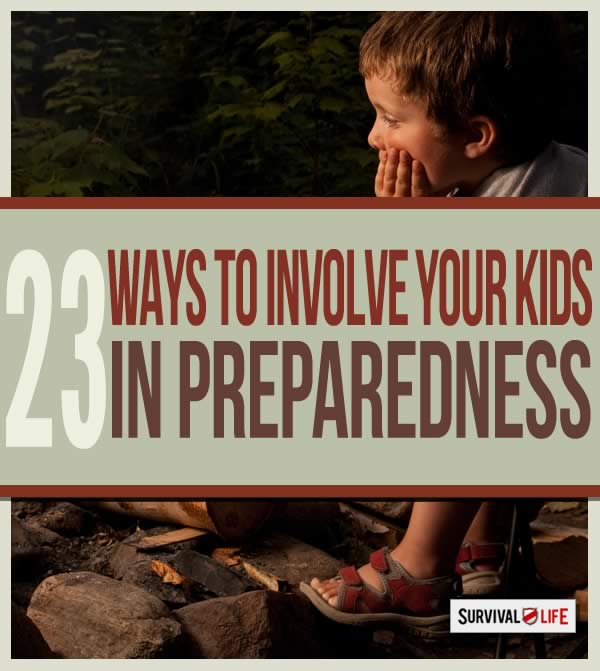
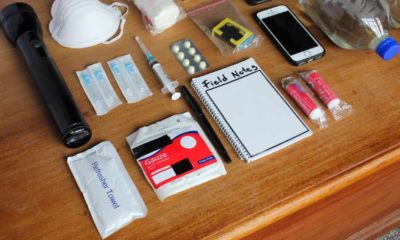

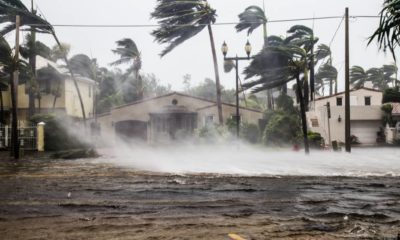

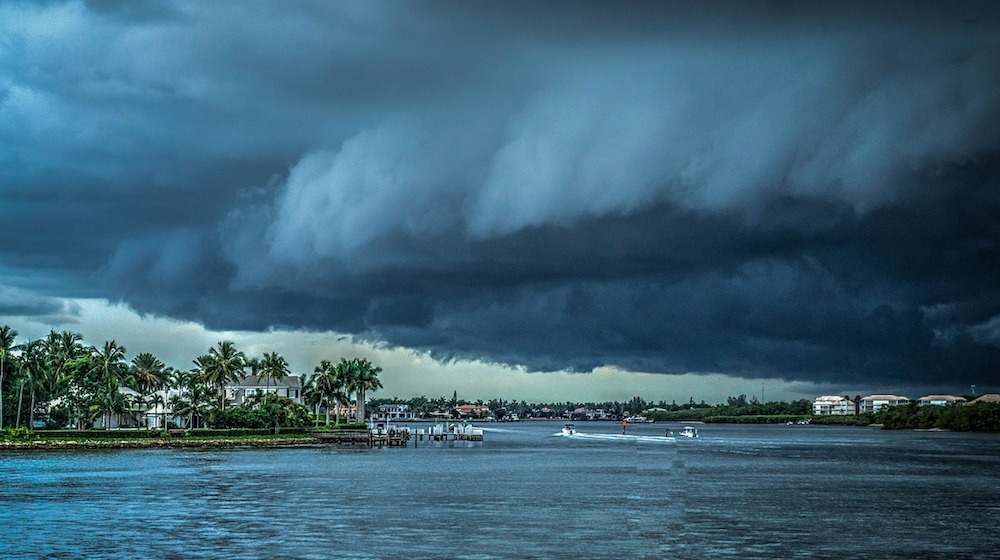


Pingback: Preparing Your I.N.C.H. Bag | Survival Life
Pingback: Survive Like "The Martian" | Survival Life
Pingback: Winter Survival Kit | Survival Life
left coast chuck
October 28, 2016 at 9:21 PM
The Greek row was also used by the prisoners at the Hanoi Hilton to send coded messages back and forth using knocks and coughs, spitting, shuffling feet. The alphabet was divided into blocks just as illustrated in this article. knock/knock; knock/knock, knock, knock/knock =GB = God Bless to buoy the spirits of a fellow prisoner who had just undergone a torture session and let him know his fellow prisoners were with him.
Pingback: 9 Ways To Communicate During A Disaster | Survival Life
Pingback: Prep Blog Review: Top Communication Skills For SHTF Survival | Survivopedia
Pingback: Prep Blog Review: Top Communication Skills For SHTF Survival – Welcome to Survival Pal
Pingback: Prep Blog Review: Top Communication Skills For SHTF Survival - Survival Blog
Pingback: Should You Add A Gas Mask To Your Survival Kit? - Survive!
Pingback: Top 13 Survival Skills| Survival Life
Pingback: 13 Top Survival Skills | Learn Now, Survive Later - Survive!
Pingback: 13 Top Survival Skills | Learn Now, Survive Later – Ultimate Assets
Pingback: The Preppers' Guide to Winter Survival
Pingback: The Prepper’s Guide To Winter Survival - Survive!
Pingback: The Prepper’s Guide To Winter Survival – Ultimate Survival Alerts
Pingback: Winter Survival Kit: The Prepper’s Guide To Winter Survival - Primal Survival
Pingback: Back to Basics – Common Threats [PODCAST] | Best Go Bag